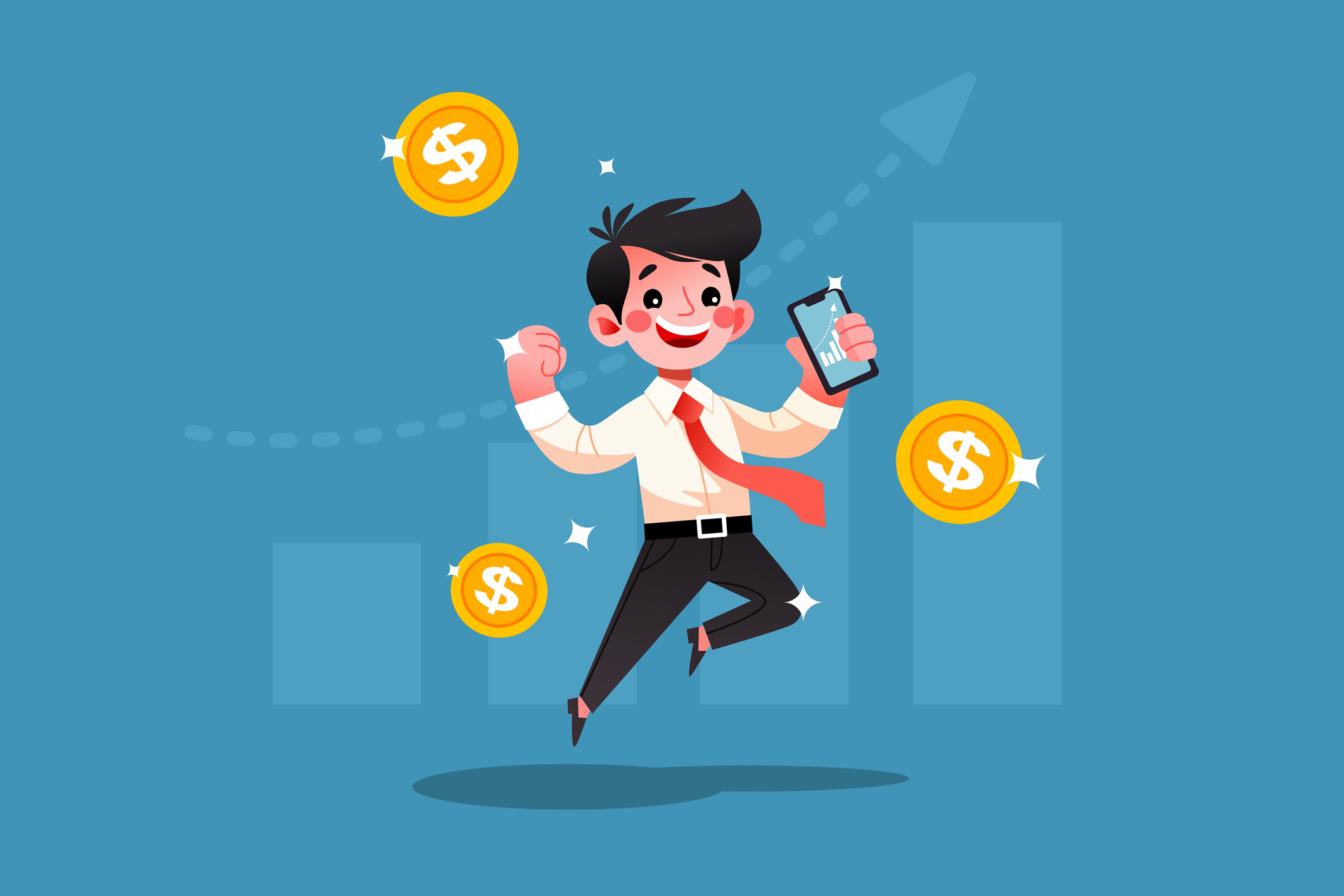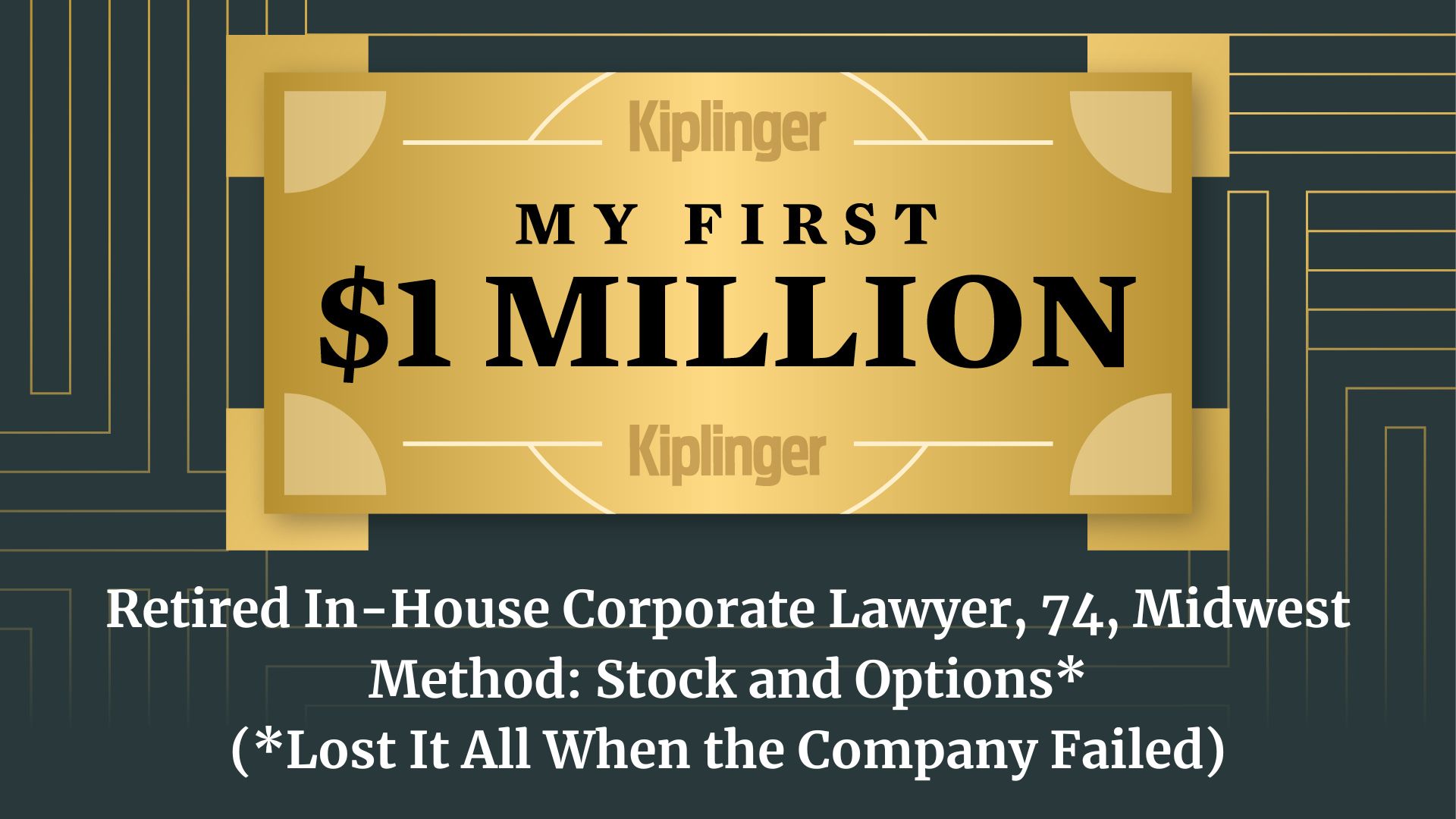Savings Calculator: If You Saved $5,000 Five Years Ago, Here's What You'd Have Now
Our savings calculator can show you just how much your money will grow over time.

Erin Bendig
Using our savings calculator can help you quickly determine how much your money will grow over time. If you invested either $1,000, $5,000 or even $10,000 in a high-earning account several years ago, you could be several thousand dollars richer today.
Whether you’ve just opened one of the best CD accounts or opted for a high-yield savings account with an impressive APY, a savings calculator can easily show you just how much cash you’ll have after a specified period of time, depending on your account APY and any regular monthly contributions you make.
Savings rates have held steady following the Fed declining to cut rates at their March meeting. It means now marks an excellent time to secure a rate that outpaces inflation.
Savings calculator
You can use our savings calculator below to determine how much you'll save depending on several factors — APY, time period, initial deposit and monthly contributions.
To use the calculator, start by inputting the amount of cash you're starting with, or the initial deposit. From there, add in the amount you plan on contributing to the account as a monthly deposit.
After this, you'll then be able to choose from a number of savings accounts with varying APYs. Select a period of time over which your investment will grow, and our calculator will do the work for you, calculating your potential savings.
1. If you saved $1,000 over five years, you'd have...
Keep in mind that savings rates might drop later this year, so you'll want to lock in a great rate sooner than later. Here is how much you can earn if you invested $1,000 for five years:
APY | Total Interest Earned | Total Balance |
|---|---|---|
4.50% | $246.18 | $1,246.18 |
4.00% | $216.65 | $1,216.65 |
3.50% | $187.69 | $1,187.69 |
3.00% | $159.27 | $1,159.27 |
2. If you boost your $1,000 savings pot by $50 each month, you'd have...
If you make regular monthly contributions, you can see the interest stack up, it's the beauty of compounding. Contributing just an extra $50 a month can make a big difference after several years.
If you were to invest $1,000 in one of the top-earning high-yield savings accounts and then save an additional $50 every month for five years (an additional $3,000 in total), here's how much you'd have at the end (not considering rate fluctuations.
APY | Total Interest Earned | Total Balance |
|---|---|---|
4.50% | $595.77 | $4,595.77 |
4.00% | $525.60 | $4,525.60 |
3.50% | $456.46 | $4,456.46 |
3.00% | $388.32 | $4,388.32 |
3. If you saved $5,000 over five years, you'd have...
Of course, if you increased the amount you saved from $1,000 to $5,000, you'd earn significantly more in interest after five years:
APY | Total Interest Earned | Total Balance |
|---|---|---|
4.50% | $1,230.91 | $6,230.91 |
4.00% | $1,083.26 | $6,083.26 |
3.50% | $938.43 | $5,938.43 |
3.00% | $796.37 | $5,796.37 |
4. If you saved $11,000 over five years...
If you were to save an additional $100 each month ($6,000 in additional contributions) over five years, here's how much you'd have at the end (not taking into account any fluctuations in rates and inflation:
APY | Total Interest Earned | Total Balance |
|---|---|---|
4.50% | $1,930.09 | $12,930.09 |
4.00% | $1,701.17 | $12,701.17 |
3.50% | $1,475.98 | $12,475.98 |
3.00% | $1,254.47 | $12,254.47 |
How much should you save each month?
How much you should save each month depends on your specific financial situation, but a general rule of thumb is to put aside three to six months’ salary or living expenses in an emergency fund.
Another general rule that can help you prioritize savings is the 60-30-10 budget rule, in which you’ll budget 60% of your monthly income toward necessities, 30% toward wants and 10% towards savings or paying down debts.
If you need help on budgeting, budgeting apps are excellent tools to use. They compile all your financial accounts in one place to help you see where your money is going, and to ensure you're on course to reach your savings goals.
How to choose a savings account
Choosing a savings account depends on your personal financial goals. Here's what to consider.
Certificate of Deposit (CD): A certificate of deposit, or CD, is a type of savings account that holds a fixed amount of money for a fixed period of time. Typical term lengths for CDs range anywhere from three months to five years, so it’s not somewhere you’d store cash you need easy access to. Instead, it’s a good place to save cash you’re holding onto for a particular savings goal. For example, you may plan on purchasing a vehicle or making a down payment on a home in two years and are looking for a no-risk way to grow these savings.
Savings account: On the other hand, savings accounts are better suited for cash you’ll want easy access to, like emergency fund savings. If you want to maximize these savings, consider opening a high-yield account. High-yield savings accounts are the same as traditional savings accounts, but they pay a higher-than-average APY on deposits.
Money market account: Money market accounts give you quicker access to your cash while still allowing you to earn a healthy return on your investment. Some of these accounts come with check-writing privileges, giving you the opportunity to have access to cash when you need it.
Balance and deposit requirements: Some accounts have minimum balance and/or deposit requirements. If you fail to meet these, you could incur a fee.
Safety: Be sure to check whether a savings account is FDIC or NCUA insured to keep your savings safe.
Compare some of the best savings accounts below.
Related Content
- Where to Store Your Cash This Year
- Best No-Fee High-Yield Savings Account
- Best CD Rates
- Retirement Calculator: How Much Do I Need to Retire?
Profit and prosper with the best of Kiplinger's advice on investing, taxes, retirement, personal finance and much more. Delivered daily. Enter your email in the box and click Sign Me Up.

Sean is a veteran personal finance writer, with over 10 years of experience. He's written finance guides on insurance, savings, travel and more for CNET, Bankrate and GOBankingRates.
- Erin BendigPersonal Finance Writer
-
 4 Great Tools to DIY Your Own Financial Plan
4 Great Tools to DIY Your Own Financial PlanSmart Savings Several tools picked out by Kiplinger that DIYers can use to make their own financial plan.
-
 The 7-Month Deadline That Sets Your Lifetime Medicare Premiums
The 7-Month Deadline That Sets Your Lifetime Medicare PremiumsUnderstanding Medicare enrollment is crucial, as missing deadlines can lead to permanent late enrollment penalties and gaps in coverage.
-
 Retirees Living in Portugal: You Need a Post-NHR Tax Strategy
Retirees Living in Portugal: You Need a Post-NHR Tax StrategyWhen your 10-year Non-Habitual Resident tax break ends, you could see your tax rate soar. Take steps to plan for this change well before the NHR window closes.
-
 4 Great Tools to DIY Your Own Financial Plan
4 Great Tools to DIY Your Own Financial PlanSmart Savings Several tools picked out by Kiplinger that DIYers can use to make their own financial plan.
-
 The 7-Month Deadline That Determines Your Lifetime Medicare Premiums
The 7-Month Deadline That Determines Your Lifetime Medicare PremiumsUnderstanding Medicare enrollment is crucial, as missing deadlines can lead to permanent late enrollment penalties and gaps in coverage.
-
 Should You Renew Your CD?
Should You Renew Your CD?With rate cuts impacting earnings, we examine if now is a wise time to renew CDs.
-
 Where to Store Your Cash in 2026
Where to Store Your Cash in 2026Set yourself up for success with these strategies.
-
 I'm a Financial Adviser: The Fed's Rate Cuts Could Have Impacts You Might Not Anticipate
I'm a Financial Adviser: The Fed's Rate Cuts Could Have Impacts You Might Not AnticipateUnderstanding how lower interest rates could impact your wallet can help you determine the right financial moves to make.
-
 My Teen Crashed His Car, and Now Our Insurance Has Tripled. What Now?
My Teen Crashed His Car, and Now Our Insurance Has Tripled. What Now?Dealing with the costly aftermath of a teen car accident is stressful. Here are your options for navigating it.
-
 My First $1 Million: Retired In-House Corporate Lawyer, 74, Midwest
My First $1 Million: Retired In-House Corporate Lawyer, 74, MidwestEver wonder how someone who's made a million dollars or more did it? Kiplinger's My First $1 Million series uncovers the answers.
-
 I'm an Insurance Pro: Going Without Life Insurance Is Like Driving Without a Seat Belt Because You Don't Plan to Crash
I'm an Insurance Pro: Going Without Life Insurance Is Like Driving Without a Seat Belt Because You Don't Plan to CrashLife insurance is that boring-but-crucial thing you really need to get now so that your family doesn't have to launch a GoFundMe when you're gone.
